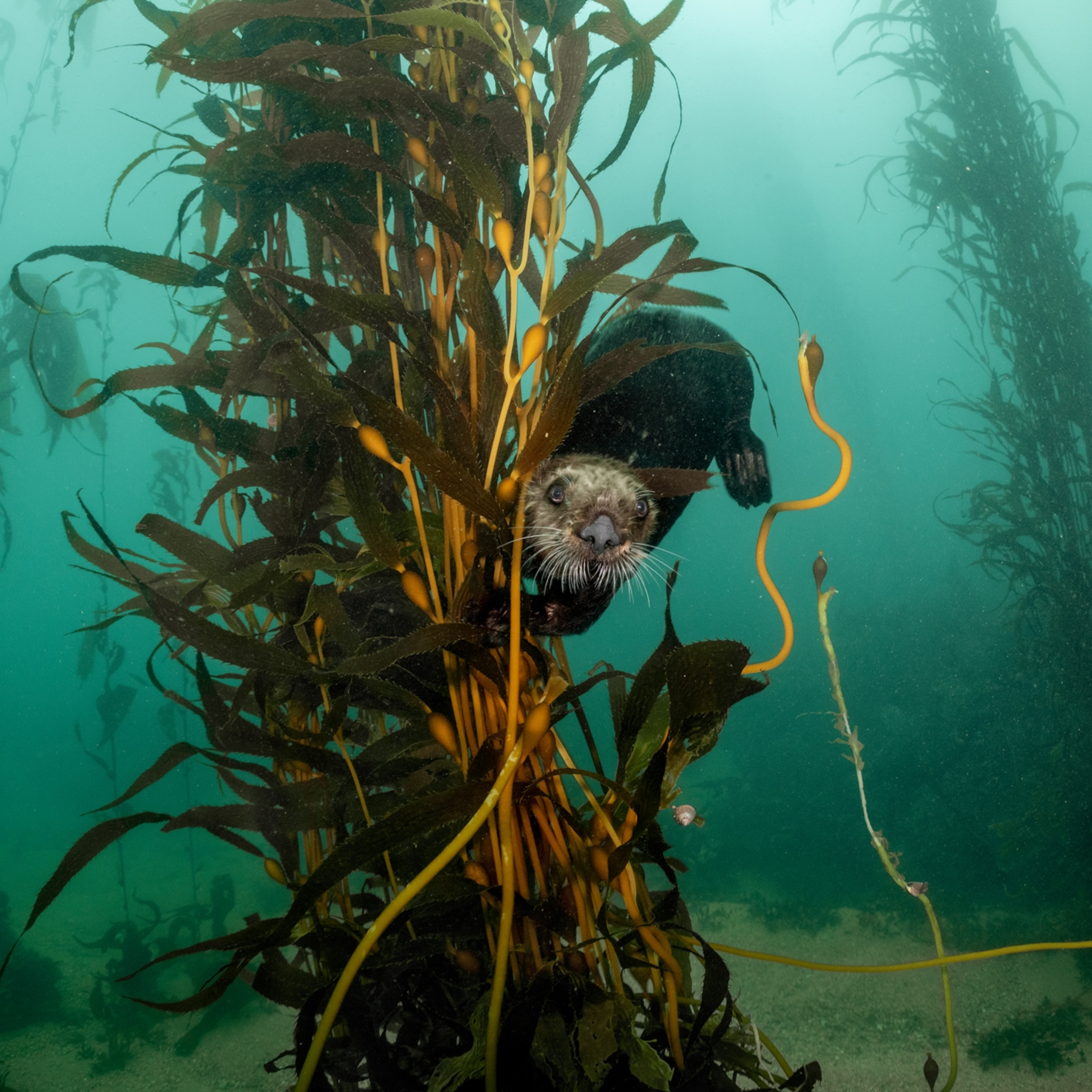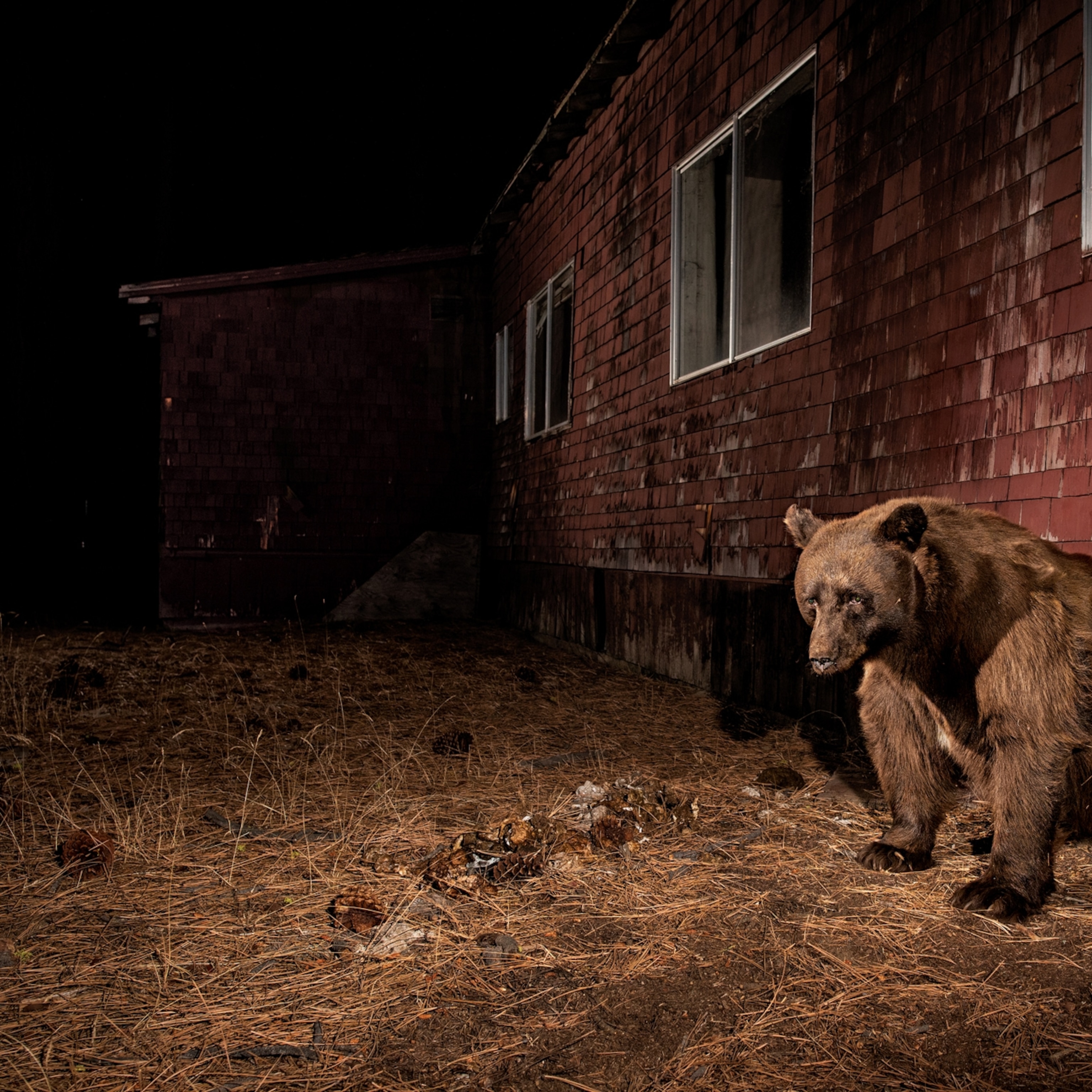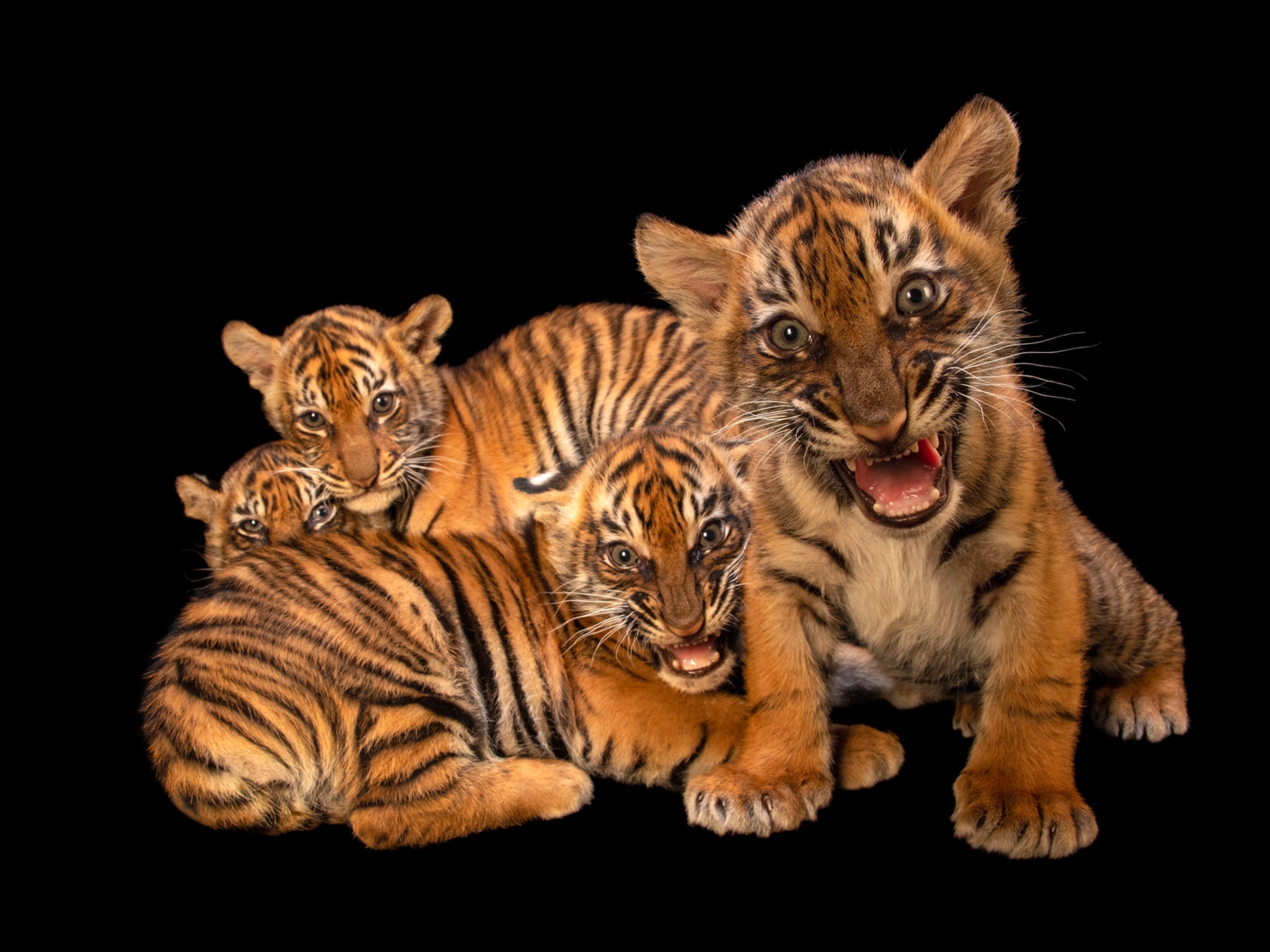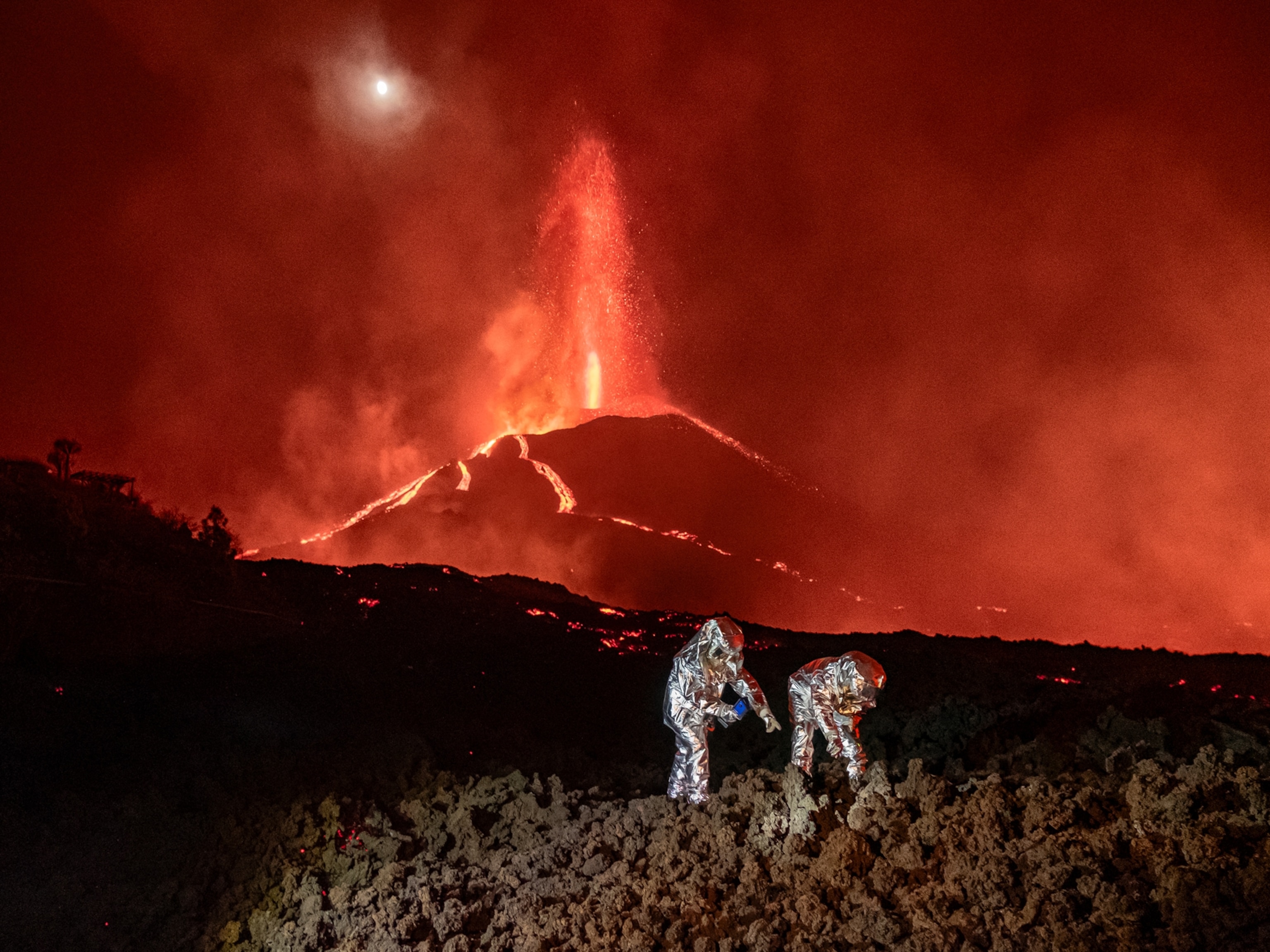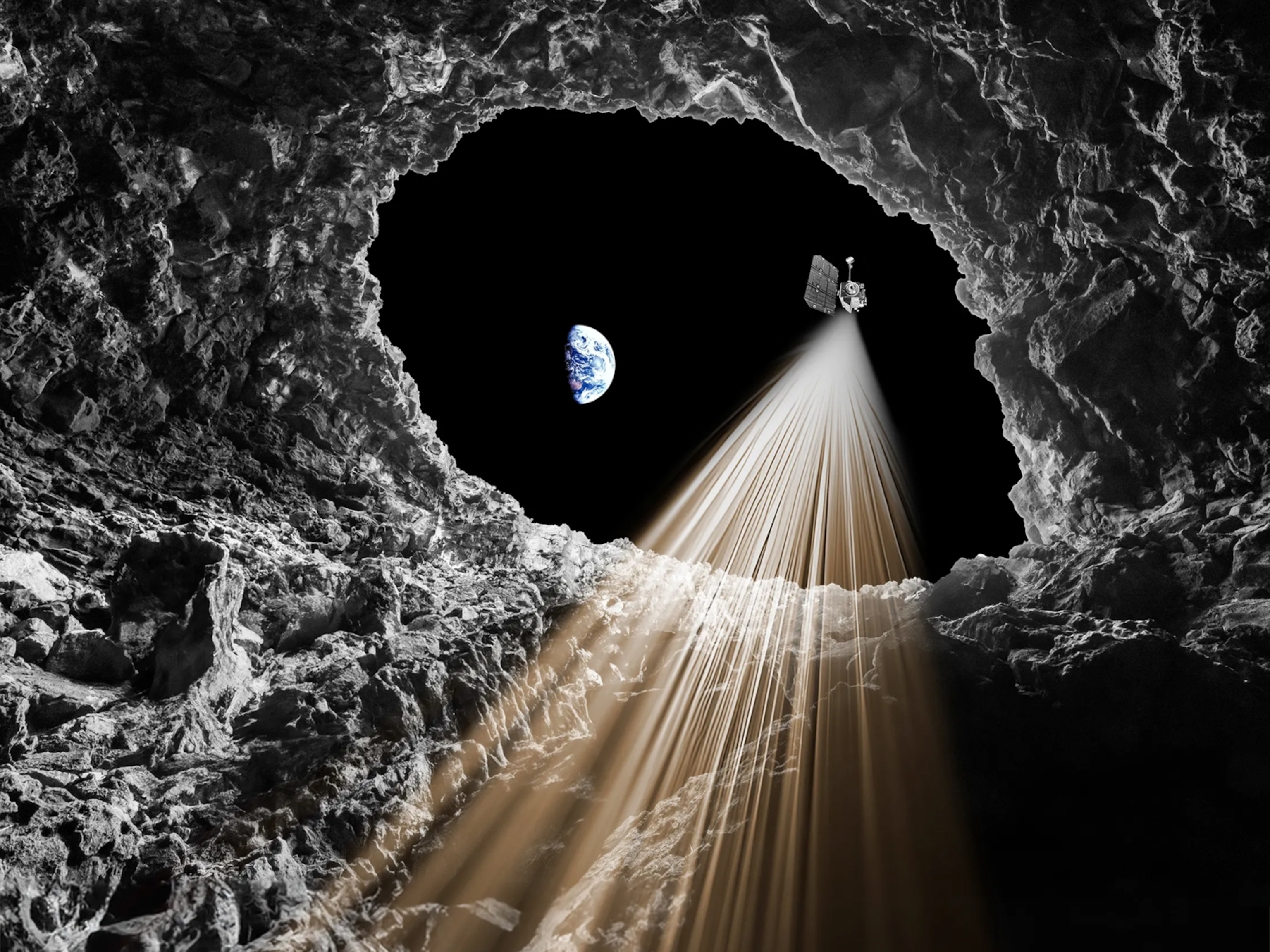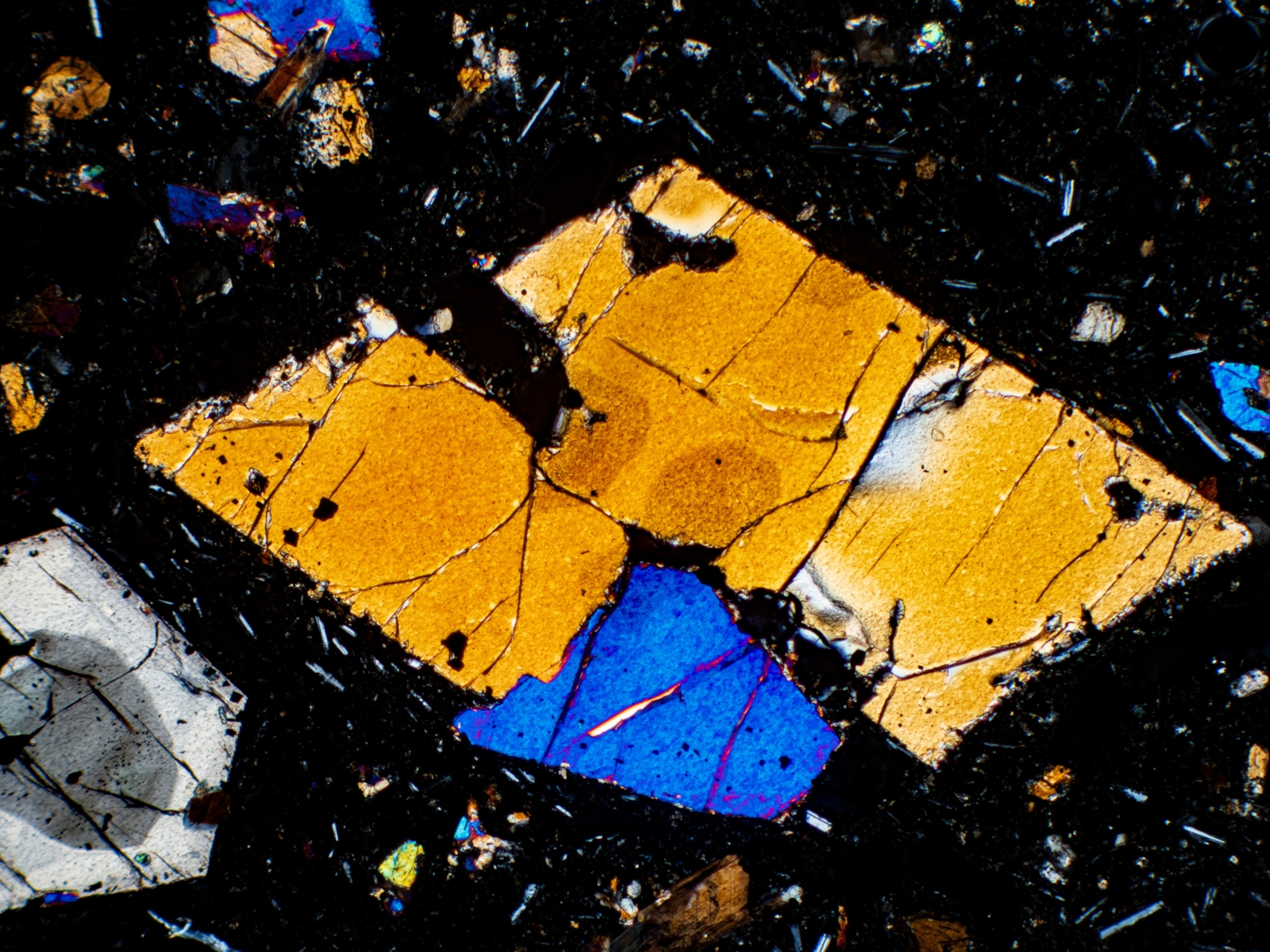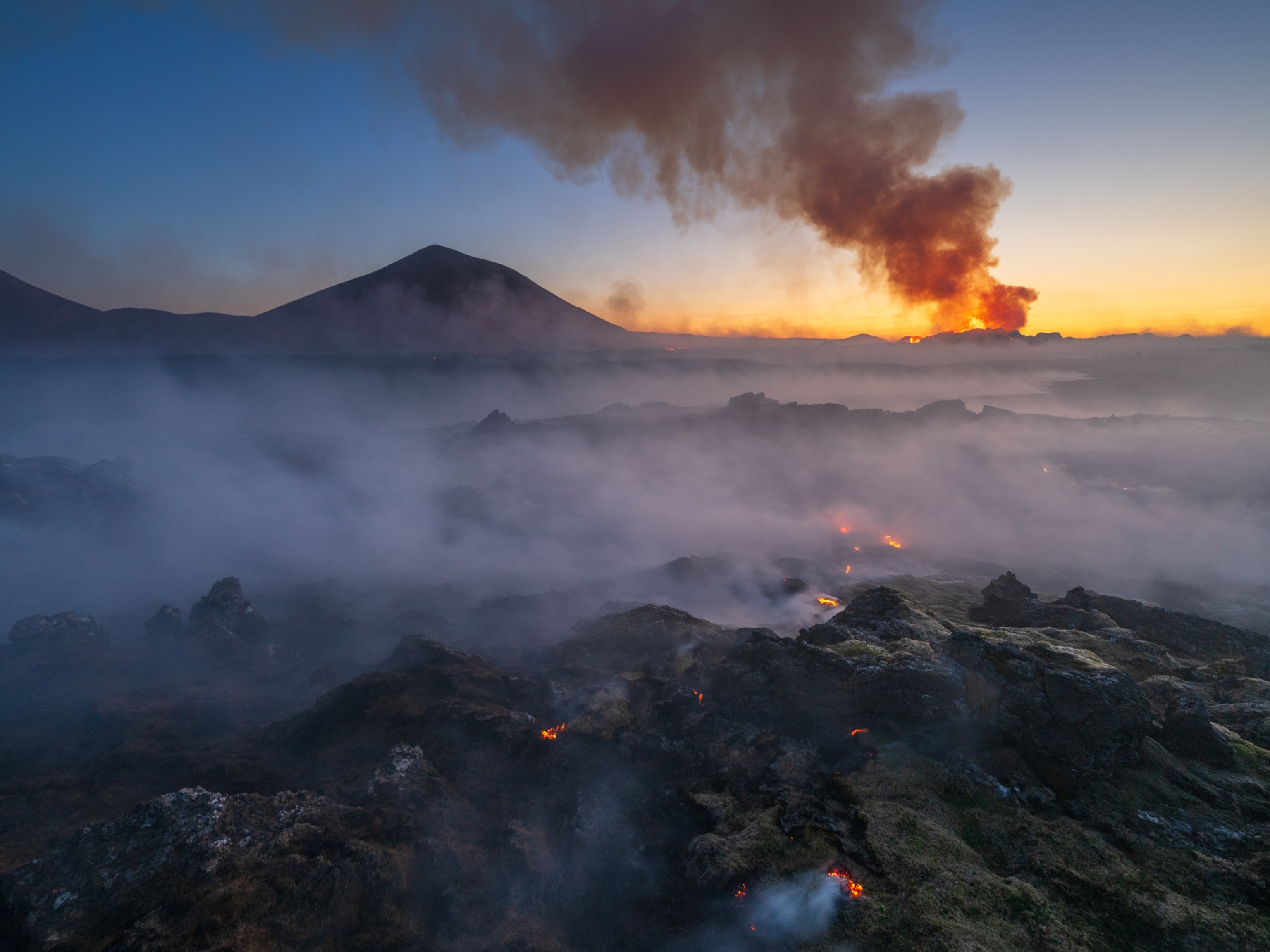The story behind 9 of the photos from our Pictures of the Year
Out of millions of images, just 49 were selected as the best photos of the year. Our photo editors give a glimpse behind the scenes of 9 images included in our 2022 Pictures of the Year annual special issue.
National Geographic is known for high-quality photography in both print and digital stories. To celebrate that, each year we publish a special issue to showcase some of the stunning images our photographers have taken around the globe.
This year, 132 photographers visited 60 countries and submitted 2,238,899 images to document the multifaceted world we live in. Our photo editors selected 118 of their favorite photographs for the December Pictures of the Year issue. We talked with them about the stories behind 9 of these compelling images, which highlight the importance—and challenges—of telling stories through photography.
“Capturing and making pictures is harder and harder because we all have cameras now,” says National Geographic assistant managing editor of photography Anne Farrar. “It’s a hard job storytellers have, but that’s what Nat Geo is about—making unique, surprising, unseen pictures.”
Qaanaaq, Greenland // Kiliii Yüyan

Photographer Kiliii Yüyan is no stranger to documenting the daily lives of Indigenous peoples and the issues they face around the world. He captures surprising and unique images for each story.
Photo editor Mallory Benedict has worked with Yüyan before, but she says a photograph for a yet-to-be-published story stopped her in her tracks. In it, two bundled-up cousins, Berthe Simigaq and Nellie Simigaq, push strollers across a snowy plain in Greenland on their way to annual dogsled races.
While the story itself will challenge readers to think about how to treat their ecosystem without destroying or exploiting it, this image gives more insight into the daily lives of Inughuit women, Benedict says.
“Seeing this disrupted what I thought about life in [Greenland],” she adds. “I hope people learn something about Greenland or its culture to dispel preconceived notions.”
Blue Cypress Lake, Florida // Mac Stone

This picture-perfect moment of a SpaceX rocket launch viewed from a quiet Florida swamp was pure serendipity, says Anne Farrar. Photographer Mac Stone had been sitting in the swamp—which Farrar describes as his happy spot—in the middle of the night, taking photos of the serene landscape, when he noticed something bright in the purple sky.
“We often are very intentional in photography to tell stories. We have a thought process looking for fantastic moments and looking for the right composition and light,” Farrar says. “[Stone] was doing all those things, and the serendipity was the rocket going off in the middle of it. It makes a joyful and truly unique picture.”
The one-of-a-kind image is an unlikely pairing of a wild swamp with the human wonder of a rocket launched from Cape Canaveral. While it may be lucky to get those two elements together, Farrar emphasizes that a lot of work and intention went into getting the setup just right.
Emas National Park, Brazil // Katie Orlinsky
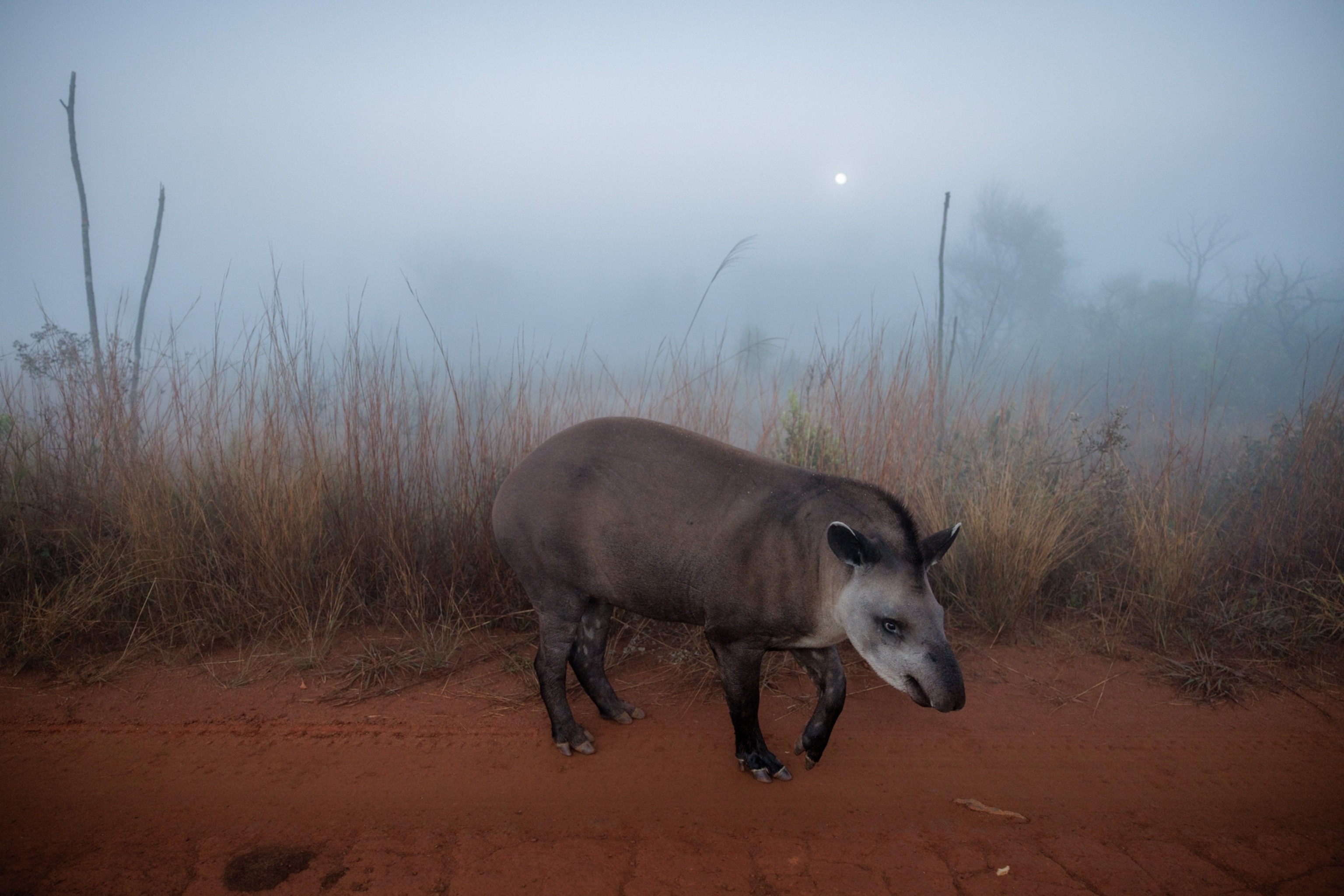
This photograph of a lone tapir looks like it was captured with a camera trap, says Maura Friedman, senior photo editor. But in fact, the animal—nicknamed Preciosa—was following photographer Katie Orlinsky around in Brazil’s Emas National Park. Although it’s rare for tapirs to be this friendly, Friedman points out that animals can behave unpredictably under full moons.
“In this image she’s at eye level. There’s a form of intimacy, and that magical fog helps Preciosa stand out from the background,” Friedman says.
Orlinsky managed to capture this photo on a hazy morning after chasing more elusive and nocturnal animals with less luck the week before. “When you're working on stories that hinge on photographing animals, so much of it is just being prepared and hoping for good luck,” Friedman notes.
Canary Islands, Spain // Carsten Peter
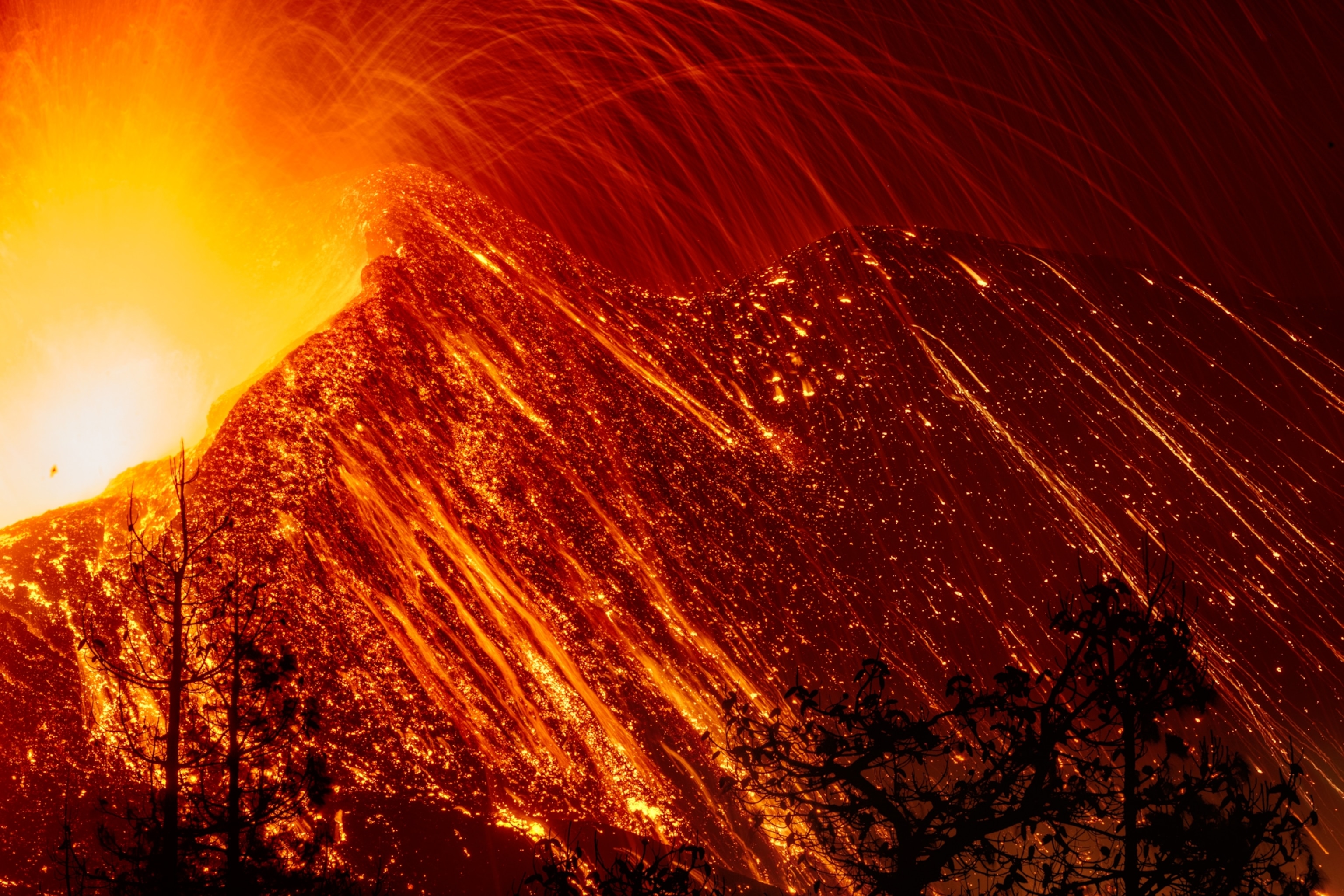
It’s hard to capture the speed, texture, and sense of danger of lava flowing from a volcanic eruption, but that’s what photographer Carsten Peter achieved with this image.
Peter was already on La Palma in the Canary Islands in September 2021 when the volcano on the Cumbre Vieja ridge started to erupt. He documented the 85-day eruption for National Geographic, then returned to focus on the damage and on the scientific fieldwork that had been done once the slow-moving lava had cooled, says photo editor Samantha Clark.
She notes that 60 million people worldwide live in the shadows of active volcanoes, and La Palma is a particularly interesting case as an island made of lava that is in constant danger of being enveloped. The piles of ash and lava from the September eruption devastated the island community, smothering plants and damaging homes. Even still, the imagery of the dangerous volcano proved to be beautiful and awe-inspiring, Clark says.
“[Peter] is excellent in taking still images that make us pause with power.”
Minneriya, Sri Lanka // Brent Stirton
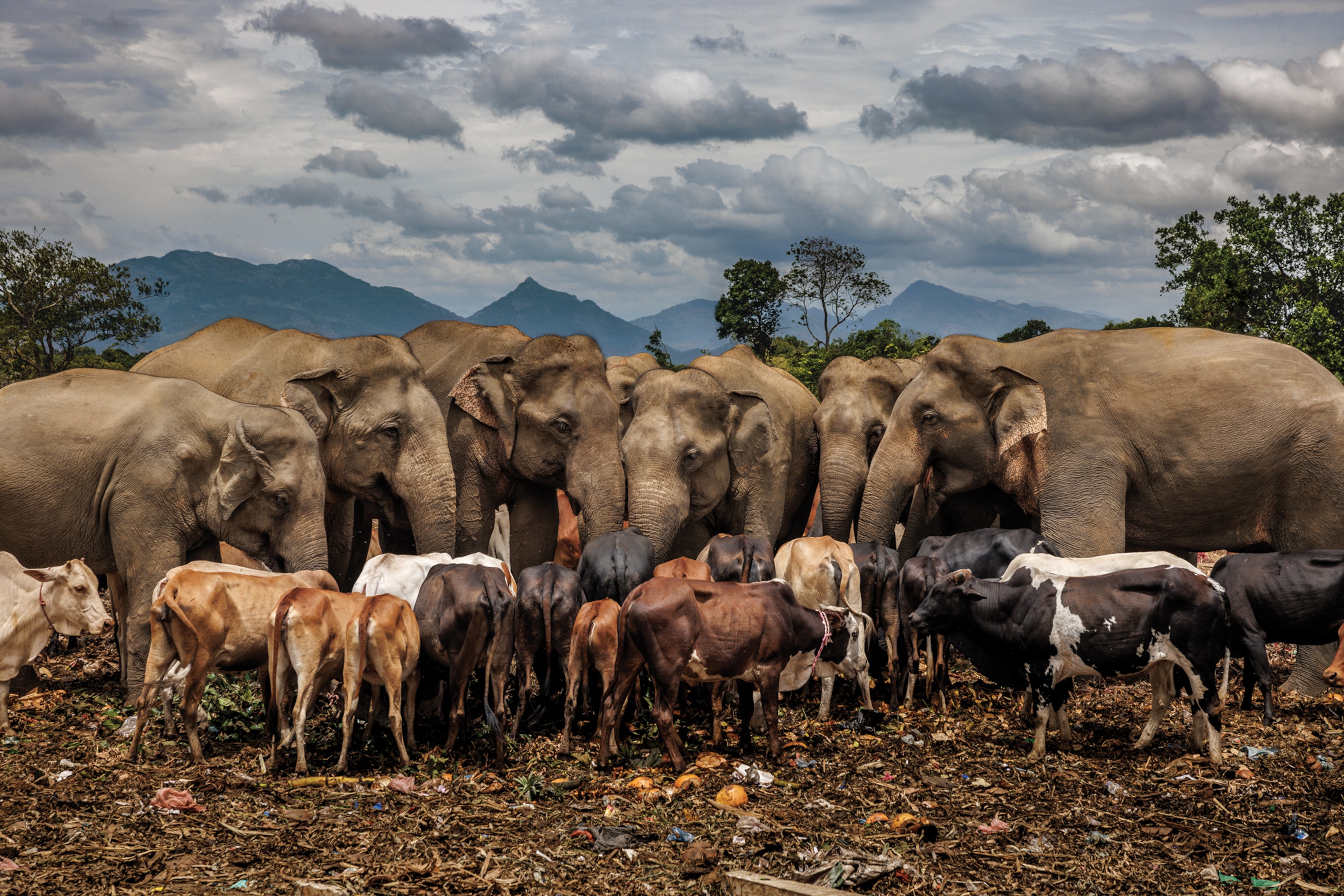
Photographer Brent Stirton was tasked with capturing how wild Asian elephants are coexisting with their human neighbors—and what better way to show that than with these majestic creatures rummaging through our trash?
The image for an upcoming story shows an elephant herd mingling with cattle at a garbage dump in Minneriya, Sri Lanka, which is home to about 6,000 elephants, the second largest population after India. About 70 percent of the elephants live outside of protected areas, forcing them to live in close contact with humans.
Stirton’s photograph of a bachelor herd scavenging for discarded produce highlights what this coexistence looks like and the conflicts it can cause, says assistant managing editor of photography Alexa Keefe. She adds that the image also stands out because of the sense of scale the cattle provide next to the enormous elephants.
The image was tough to capture not only because Stirton needed to get close to the wild animals for the frame but also because it was a challenging time to work in Sri Lanka. The government was collapsing amid economic decline. Ultimately, however, Stirton provided a window into these animals’ lives, which Keefe hopes will increase awareness and foster empathy.
“I think there’s an opportunity to show people a side of animals they may have not seen before,” she says.
Merritt Island, Florida // Dan Winters

After waiting two to three hours for a thick fog to clear, photographer Dan Winters managed to capture a magical cinematic moment of the Space Launch System rocket for Artemis I, says senior photo editor Todd James.
The uncrewed test will be sending a new space capsule called Orion to orbit the moon for between six and 19 days before its return to Earth.
“There’s some chance involved there,” he says. “The judgment of a photographer is a mastery of craft, and [Winters] has years and years of experience.” This photograph highlights the amount of patience and determination needed to capture the right image while battling uncertainties and logistics. Working with NASA presented hurdles from acquiring permissions to obtaining security clearances.
James says that the legacy of this image will endure, representing the future of NASA and space exploration.
Timbulsloko, Indonesia // Aji Styawan
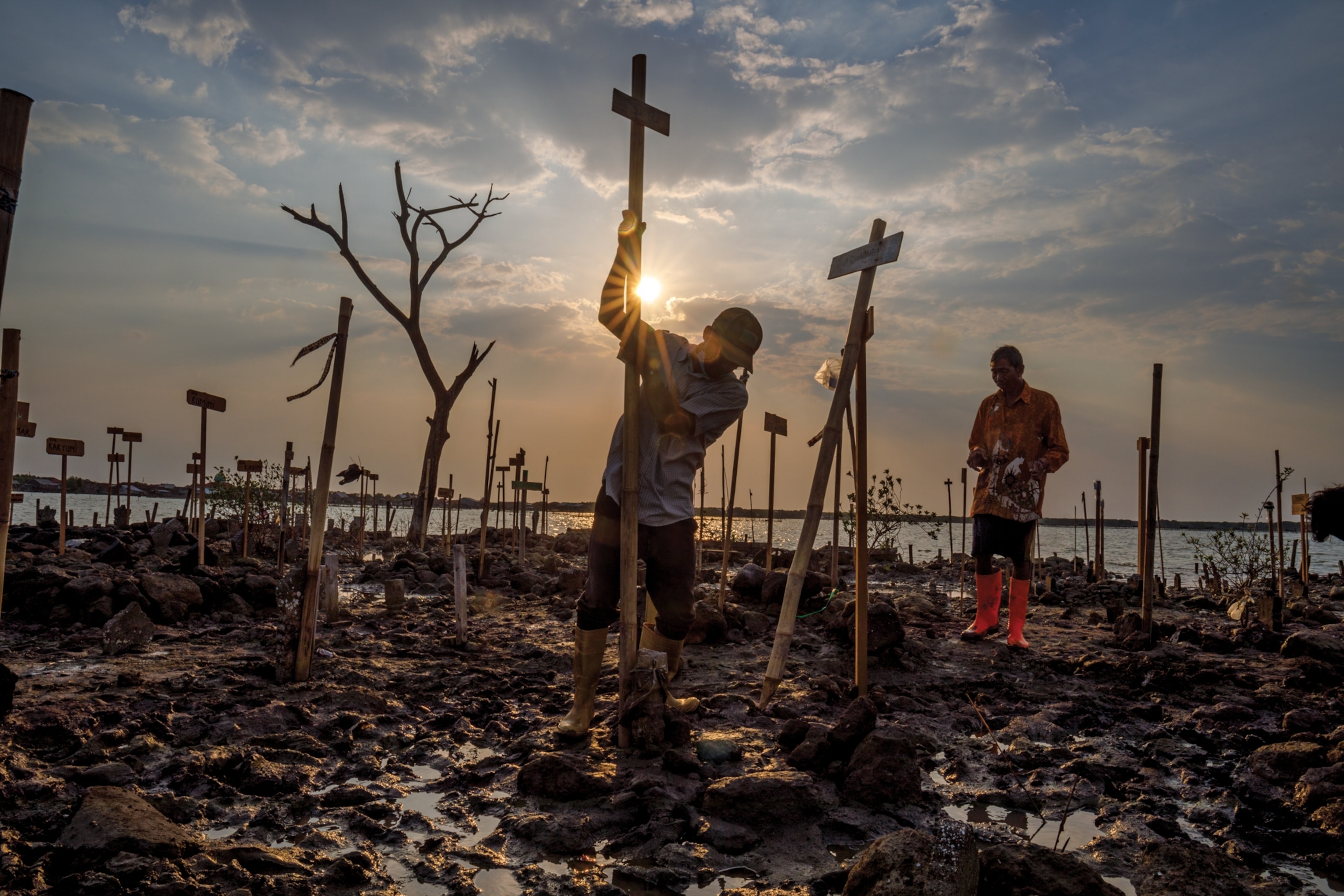
Photographer Aji Styawan was on the ground in Central Java, Indonesia, as its residents worked to save a flooding cemetery. The combination of groundwater pumping and rising sea levels means that people’s homes are inundated by tidal flooding nearly year-round, says Kurt Mutchler, photo editor at large.
Global warming is causing a rise in sea levels worldwide by around an eighth of an inch a year—but in Java the land is sinking by as much as four inches. The cemetery is one of the last remaining places that connect the community to its history. Over the course of four years, Styawan documented the lives of people dealing with flooded homes as they became climate refugees.
“We are altering the climate of this planet at an ever increasing pace,” Mutchler says. “I can only hope that in the near future instead of warring against each other, we instead get together and do something about the problem and save our planet.”
Weddell Sea // Esther Horvath

The final resting place of Ernest Shackleton’s ship Endurance remained a mystery for more than a century after it sank off the coast of Antarctica in 1915. That is, until this year. Photographer Esther Horvath was on hand to capture the historic discovery, along with the thrilling moments leading up to it, says Anne Farrar.
Horvath spent roughly 40 days embedded in an expedition of world-class scientists on a mission to locate the Endurance. On one of the last days of the journey, they found the ship while shining large lights through the ocean—marking a huge moment in history, says Farrar.
“Exploration is still happening out there every day, and there is a sense of adventure in our world that is so exciting,” she says. “We think everything in our world has been seen, but it hasn’t.”
Masai Mara National Reserve, Kenya // Jen Guyton
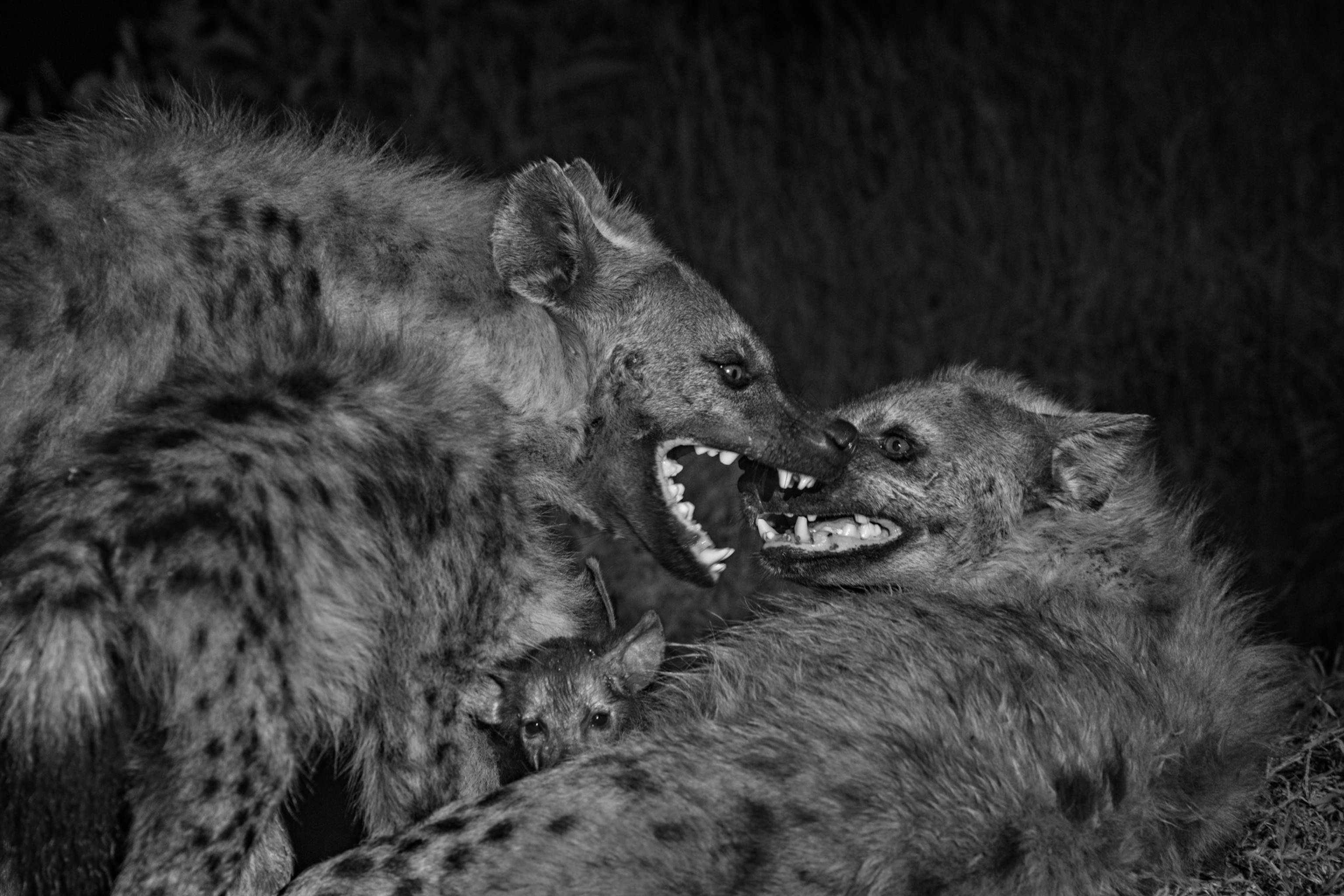
The spotted hyena is one of the world’s most misunderstood creatures, sometimes maligned as cowardly in pop culture, Alexa Keefe says. To set the record straight, Keefe is working with photographer Jen Guyton to feature research that’s under way in Kenya to understand the animal’s behavior.
An upcoming story will include this infrared image of a hyena named Palazzo lying back submissively as the clan’s dominant female towers over her. The black-and-white image perfectly captures the complex nature of social relationships between female hyenas in a clan.
Guyton was able to capture the photograph because the hyena clan had grown so used to being observed that even a car pulling close to the den at night didn’t disturb them, Keefe says. She hopes the image of these animals—along with the cub peering out from underneath—will show a different side of hyenas and inspire a new appreciation for animals.

